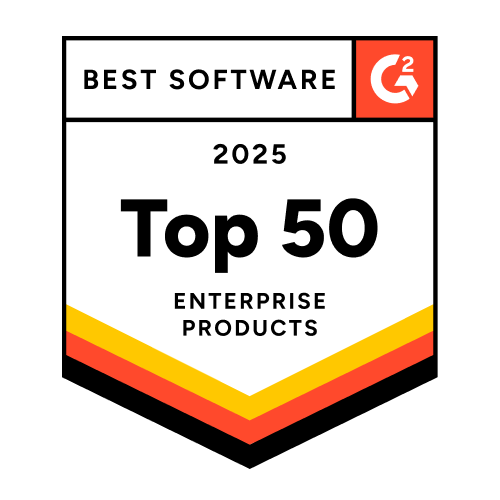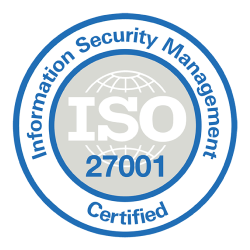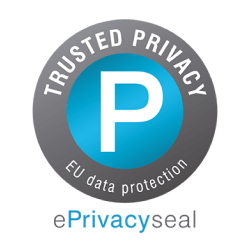Lifecycle Marketing
Lifecycle marketing is a strategic approach that delivers personalized messages and campaigns to customers at every stage of their journey with your brand. From the moment someone becomes aware of your business to their ongoing loyalty, lifecycle marketing focuses on engaging and nurturing customers based on their behavior and needs.
For example, after a user signs up for your newsletter but hasn’t made a purchase, you might send onboarding emails with product recommendations. Once they make a purchase, a post-purchase series can help strengthen the relationship and encourage repeat engagement.
What is Customer Lifecycle Marketing?
Customer lifecycle marketing is a subset of lifecycle marketing that specifically centers on the interactions and experiences customers have with a particular brand. It involves crafting targeted marketing campaigns and personalized messaging to effectively guide customers through each stage of their individual journey. The primary goal is to build stronger relationships with customers and foster brand loyalty.
What are the Customer Lifecycle Stages?
The customer lifecycle consists of several stages, each representing a distinct phase of the customer’s relationship with a brand. These stages typically include:
- Awareness: This is the initial stage where potential customers become aware of a brand’s existence and offerings.
- Acquisition: In this stage, a potential customer makes their first purchase or takes the desired action, becoming an actual customer.
- Onboarding/Activation: After acquisition, the focus is on providing an exceptional onboarding experience, ensuring customers understand how to use the product or service effectively.
- Engagement: This stage involves consistently engaging with customers to maintain their interest and satisfaction.
- Retention: Building strong customer loyalty is the aim of this stage, encouraging repeat business and reducing churn.
- Advocacy: Satisfied customers become advocates who promote the brand to others, potentially leading to new customer acquisitions.
Why use Lifecycle Marketing?
- Target win-back and loyalty campaigns to past buyers and track segment response rates to drive measurable growth.
- Automate touchpoints, like onboarding messages, product tips, and reactivation offers, tailored to each lifecycle segment, resulting in higher open/click rates and lower churn.
- Focus spend on high-ROI segments by analyzing which stages (e.g., onboarding, retention, reactivation) deliver the most conversions and customer lifetime value.
What are the Benefits of Lifecycle Marketing?
A smart lifecycle marketing strategy can make a big difference for your business. From boosting loyalty to improving ROI, here are five key benefits:
- Stronger customer retention: By understanding what customers need and delivering personalized experiences, you can keep them coming back and reduce churn.
- Higher customer engagement: Timely, relevant communication helps build stronger connections and keeps customers interacting with your brand.
- Better customer experience: Meeting customer needs at every stage of their journey enhances satisfaction and leaves a positive impression of your brand.
- Improved marketing ROI: Targeted campaigns make your marketing efforts more efficient, ensuring every dollar works harder for you.
- Brand advocacy: Happy customers are more likely to recommend your brand, spreading positive word-of-mouth and helping you grow organically.
Lifecycle Marketing vs. Sales Funnel
| Aspect | Lifecycle Marketing | Traditional Sales Funnel |
| Focus | Nurtures the full customer relationship—acquisition to advocacy | Drives prospects from interest to one-time sale |
| Approach | Personalized, automated, adapts to behavior and lifecycle stage | Sequential, stage-based, primarily campaign-driven |
| Metrics | Measures retention, engagement, customer lifetime value (CLV), and loyalty | Prioritizes conversion rates, deal velocity, sales closed |
| Scope | Acquisition → Activation → Engagement → Retention → Win-back → Advocacy | Awareness → Consideration → Decision → Purchase |
| Time Orientation | Continuous and relationship-focused; adapts as customers evolve | Transaction/event-based; ends at initial purchase |
FAQs
The customer lifecycle includes awareness, acquisition, onboarding, engagement, retention, and advocacy. Each stage benefits from targeted campaigns such as welcome emails, onboarding guides, product tips, personalized offers, and referral programs, driving higher customer engagement and lifetime value.
No. Lifecycle marketing applies across industries wherever there is a multi-stage customer journey. SaaS, retail, travel, and finance brands all use these strategies to nurture leads, retain customers, and maximize customer lifetime value (CLV).
Track metrics like repeat purchase rate, churn, customer lifetime value, and time between purchases. Use cohort analysis to understand movement across lifecycle stages and optimize campaigns for better conversion rates and retention.
Yes. Segmenting by lifecycle stage, behavior, and value enables hyper-personalized campaigns, targeted offers, and automated workflows, improving customer engagement, retention, and ROI. See Insider’s guide to personalization at scale for step-by-step strategies.












